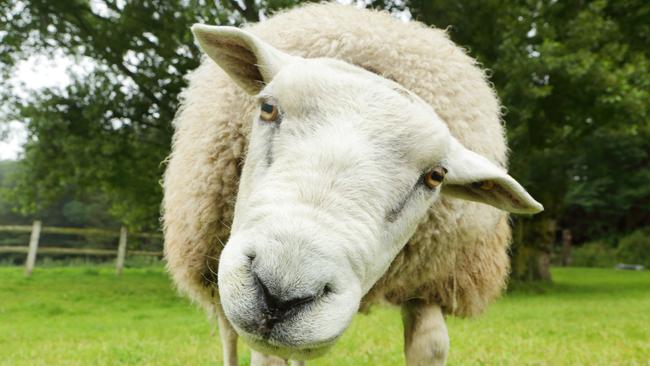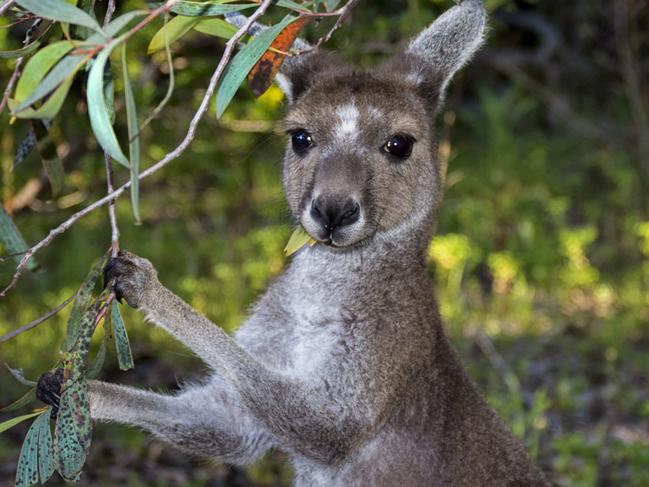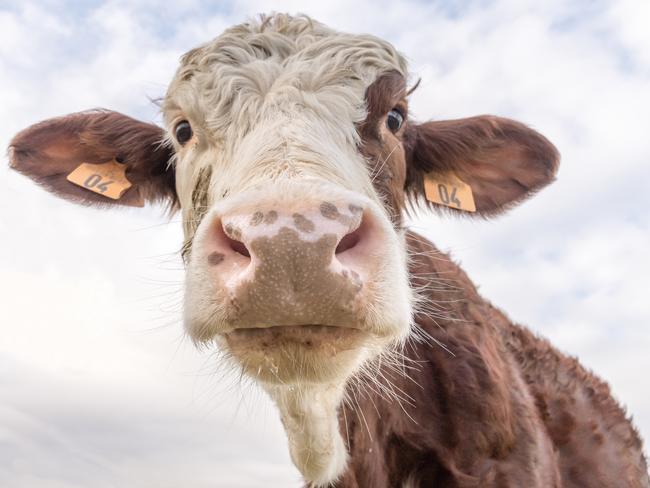Monash University data shows more than 12 Victorians a day are hospitalised from animal injuries
Thousands of Victorians end up in the emergency department every year from animal bites and injuries. See which creature takes top spot for injuring the most humans.

Victoria
Don't miss out on the headlines from Victoria. Followed categories will be added to My News.
More than 12 Victorians daily are treated in emergency departments for animal bites or injuries.
New figures show that creatures big and small – from ants to kangaroos – regularly taken on humans.
Staff treated 18,250 patients in the state’s public hospital emergency departments for animal-related injuries – excluding dogs and horses – in the past four financial years, new Monash University Victorian Injury Surveillance Unit data show.
This included 4800 cases in the 2023 financial year.

Dogs and horses were involved in so many incidents they have their own database, but the latest available data show there were 3730 dog attacks in the 2022 financial year.
This placed them well above cats, which were responsible for almost one in five cases in the “other animal” database and injured 3513 people in the four years to June 2023.
More than 40 per cent of cat victims’ injuries were serious enough to warrant hospital admission for further treatment.
Women were more likely than men to be injured by their feline friends – representing 73 per cent of all patients – and the most common injury was a cat bite (three in four cases) followed by scratches.

Insects were the second-most common creature on the list and sent more young children to emergency than any other animal, with one third of cases involving children under 10 years old.
But despite being linked to more than 2470 injuries, most cases were not serious and 96 per cent of patients did not need to be admitted to hospital.
The vast majority of insect cases were for bites, but more than 120 people sought emergency care because an insect was stuck in their ear.
More than 1800 animal-related injuries – or one in 10 cases – were caused by bees, including 323 cases of anaphylaxis or an allergic reaction.
Creepy-crawlies were not to be outdone either, and came in fourth place, with one third of the almost 1800 spider bites triaged as urgent or emergency cases.
Cows and bulls rounded out the top five, injuring more than 1000 Victorians in just four years.

Men made up two thirds of their victims and one in five were aged between 20 and 24 years old.
Snakes were the sixth-most common animal, with 851 bites, but were most likely to cause serious injury, with 94 per cent of patients classified as urgent or emergencies. About one in five snake bite victims were under 15 years old.
Melbourne snake catcher Jarrod Bingham said while the number of snake-related injuries was high, he was not surprised as his company Reptile Relocations responded to more than 1500 call-outs every year.
“The majority of these (injuries) will be the result of brown snakes and tiger snakes,” he said.
Other Australian wildlife to make the emergency department list included possums (97), kangaroos (47), koalas (20) and wallabies (6) alongside farm animals such as sheep (258), pigs or boars (71), chickens (46), goats (26), alpacas (seven) and donkeys (six).
Ants were more than 20 times more likely to send a Victorian to hospital – responsible for 275 cases – than sharks or crocodiles, with the latter two recording only five cases each in four years.


